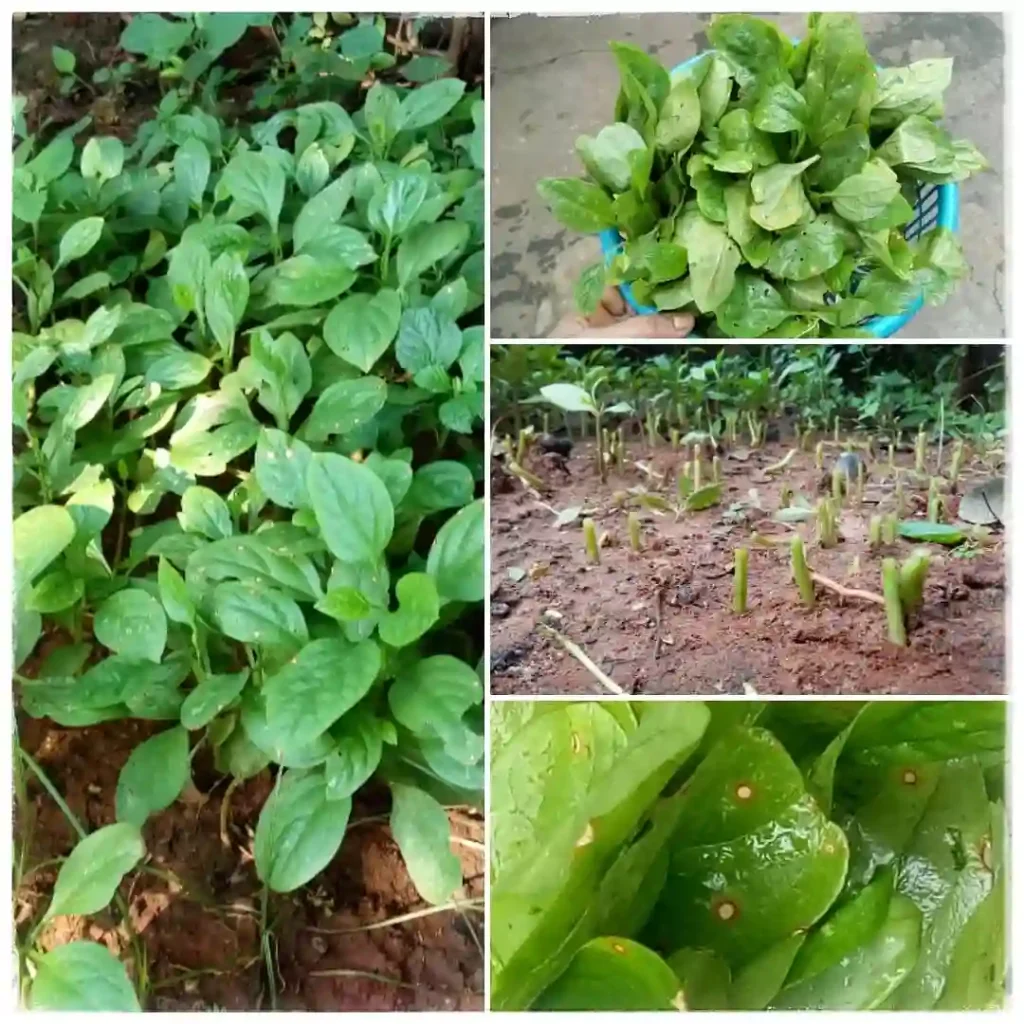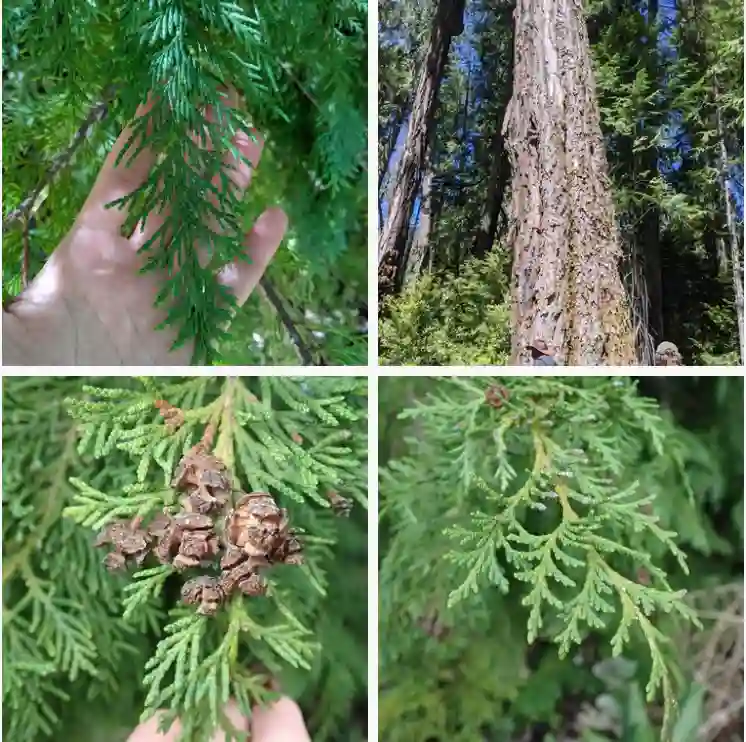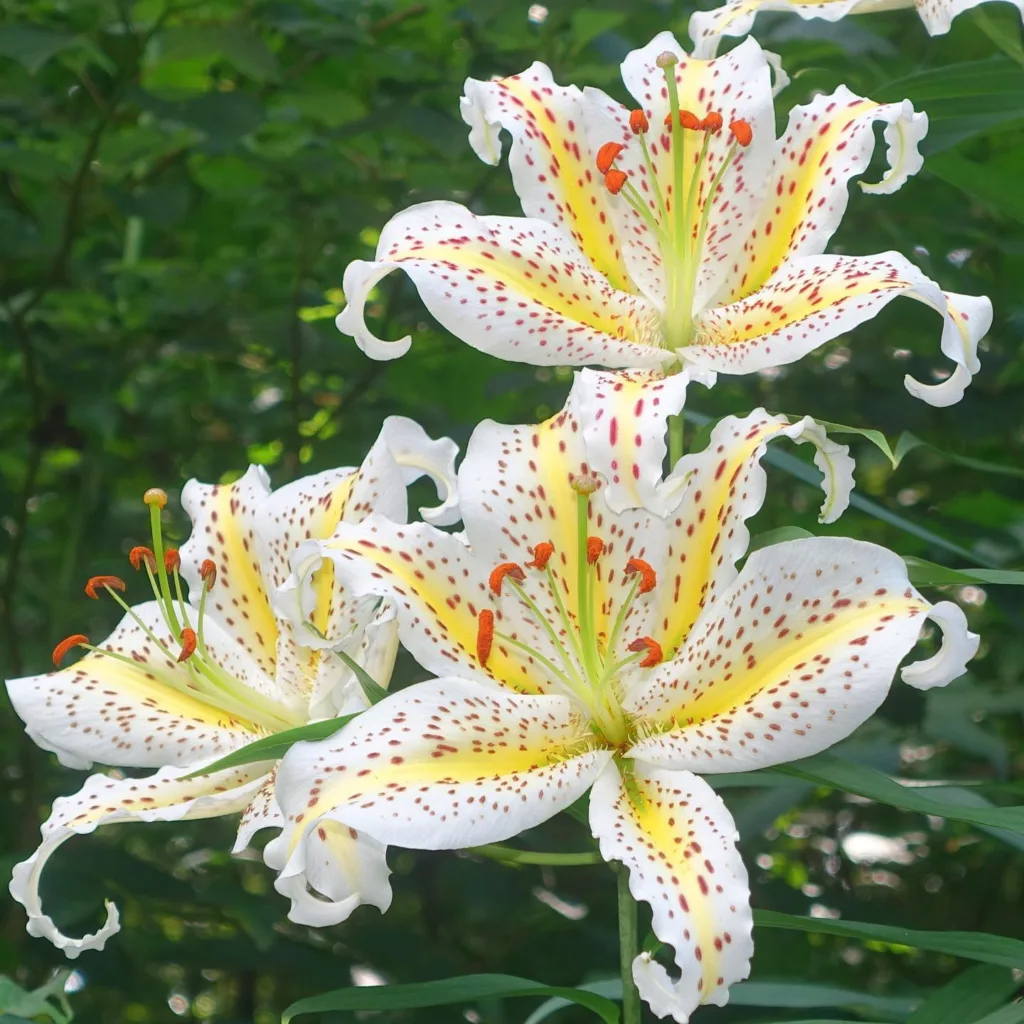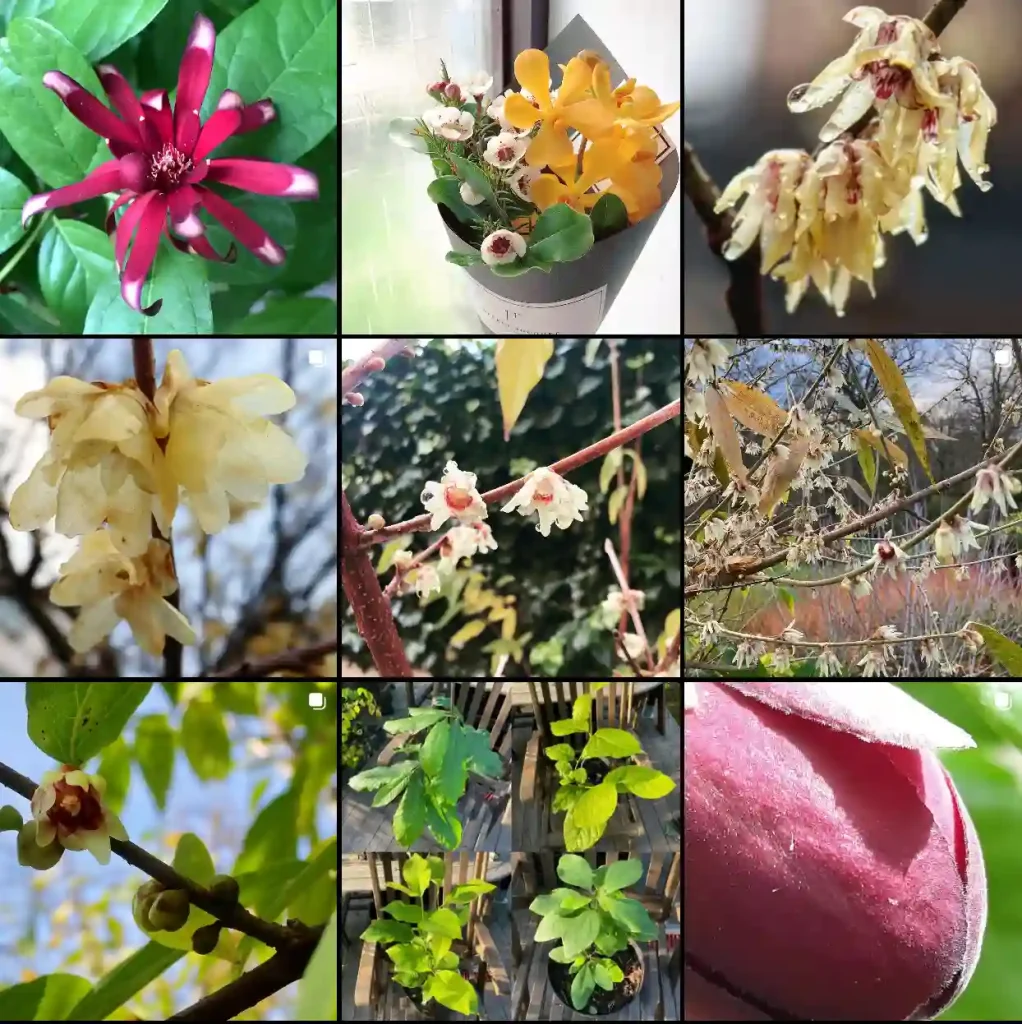Sansevieria Stuckyi: The Ultimate FAQ for This Architectural Succulent
Hi, Ferb Vu here! Often called the Elephant’s Tooth or Spear Sansevieria, Sansevieria Stuckyi is a showstopper in the world of succulents. This architectural plant, with its upright, cylindrical leaves, brings a touch of the tropics indoors. But with its unique look comes a few questions. Let’s address them!
What Makes Sansevieria Stuckyi Special?
Unlike its flatter-leaved Sansevieria cousins (think Mother-in-Law’s Tongue), Stuckyi boasts thick, round leaves that resemble, you guessed it, elephant tusks. These arise from a creeping rhizome, sometimes forming clusters. Dark green with lighter marbling, these architectural beauties can reach up to 6 feet in height, making a bold statement.
Is Sansevieria Stuckyi Easy to Care For?
Absolutely! This is one of the easiest succulents to grow indoors. Here’s why:
- Light: Adaptable to most light conditions, from bright, indirect sunlight to even shade. Avoid harsh, direct sun, which can scorch the leaves.
- Water: Less is more! Overwatering is the enemy of Sansevieria Stuckyi. Allow the soil to dry completely between waterings.
- Soil: Well-draining succulent or cactus mix is ideal. Ensure the pot has drainage holes to prevent waterlogging.
- Temperature: Prefers warm temperatures between 65-80°F (18-27°C) but tolerates a range as low as 50°F (10°C). Avoid cold drafts.
How Often Should I Repot My Sansevieria Stuckyi?
This slow-growing succulent won’t need repotting frequently. Look for signs like roots pushing out of the drainage holes or the plant becoming pot-bound before repotting. Choose a pot only slightly larger than the current one.
Does Sansevieria Stuckyi Produce Flowers?
Yes, but not often indoors. Under ideal conditions, it might surprise you with fragrant white flowers on a stalk that emerges from the base of the plant.
Is Sansevieria Stuckyi Air-Purifying?
Like many succulents, Sansevieria Stuckyi is considered an air-purifying plant. Studies suggest it can remove toxins like formaldehyde and benzene from indoor air, although the long-term impact needs further research.
How is Sansevieria Stuckyi Different from Other Snake Plants?
Sansevieria is a large genus with many varieties, but Stuckyi stands out for its:
- Cylindrical leaves: This is the most distinct feature compared to the flatter leaves of other Sansevieria varieties.
- Larger size: Stuckyi has the potential to reach a much larger height than most common snake plants.
- Slower growth: Be patient, this succulent is a slow and steady grower.
Sansevieria Stuckyi vs Cylindrica
Beyond their names, the key contrast between Styuckyi and Cylindrica lies in their height; Sansevieria Stuckyi can attain an impressive 7-8 feet, while Sansevieria Cylindrica reaches a more moderate 3-4 feet, making it a medium-sized snake plant.
Can I Propagate Sansevieria Stuckyi?
Absolutely! There are two main methods:
- Leaf cuttings: Take a healthy leaf, cut it into sections, and allow the cut ends to callous over before planting them in well-draining soil.
- Rhizome division: When repotting a mature plant, you might see pups or offsets growing from the rhizome. Carefully separate these pups with a sharp knife and pot them individually.
Does Sansevieria Stuckyi Have Any Pests or Diseases?
Generally pest and disease resistant, the biggest threat is overwatering, which can lead to root rot.
Remember: When in doubt, underwater!
Where Can I Buy Sansevieria Stuckyi?
Look for Sansevieria Stuckyi at online retailers specializing in succulents or at local nurseries.
Tip: Look for a healthy plant with firm, upright leaves and no signs of pests or disease.
With its architectural presence and easy care requirements, Sansevieria Stuckyi is a perfect choice for busy plant enthusiasts or those new to the succulent world. So, why not add a touch of the tropics to your home with this unique and impressive succulent?
If i die, water my plants!



